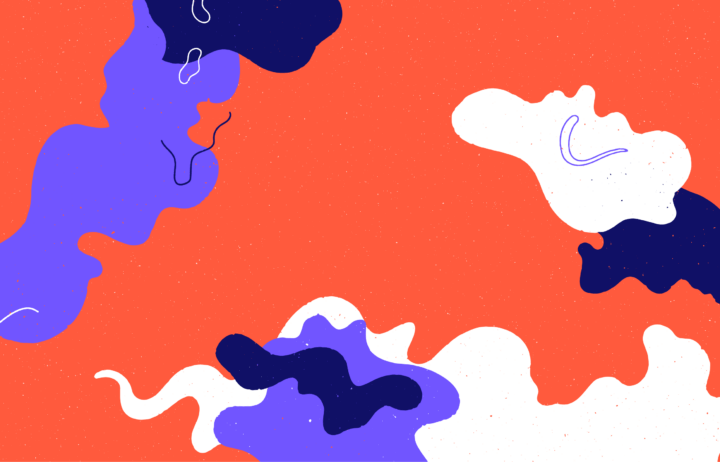Like many, I was pressured into making lists of ways to improve my life this year. I resolved to go to the grocery store instead of ordering food; water my plants daily; read for at least 30 minutes a day. I resolved to drink more water, take more walks, write a book, and see a new country. We are a few days into January and I’ve already had more coffee than water; I ordered sushi at one in the morning instead of cooking; and I’ve spent more hours watching reality TV and anime than cracking open a book.
The truth is, after a few weeks of mandated celebration and possibly stressful family interactions (and for some, extremely cold weather), the last thing a lot of folks have energy for is a looming to-do list. I have bipolar disorder, a condition that makes it hard to take care of myself. I would love to be a constant green juice drinker, a 2-liters-of-water-a-day kind of guy, and as voracious a reader as I was when I was in high school. But when the time comes for New Year’s resolutions and health overhauls, I get discouraged.
The self care industrial complex might have you thinking January is the time to ramp up your routines, but I’d like to remind you of a few things: time is a social construct and so is the New Year; also, life doesn’t always change in an instant, but in small increments over time. And actually, the pressure to be healthy and happy can be toxic, especially if you’re someone who struggles with their mental health or who faces a phobic world.
Last year, LGBTQ young people felt the burden of the times, whether it was constant news about legislation threatening their rights, feeling unaccepted or unsafe at home or at school, and the chaotic culture at large. Last year, 45% of LGBTQ youth seriously considered attempting suicide, and 60% of LGBTQ youth who wanted mental health care were not able to get it. For a lot of these young people, a new year can sound incredibly daunting, and the urgency to get better is just another weight on their shoulders. The truth is, inspirational quotes and motivational speeches don’t do much to change material circumstances.
At The Trevor Project, we’re trying to get better every day — but we’re still human. While we continue to work on making the world a safer place for everyone, let’s put a pause on the pressure to be incredible. My hope for myself, and for other LGBTQ young people feeling strained, is that we get rid of yard-long resolution lists. Instead, I’m resolving to feed myself three meals a day, drink as much water as I can, walk at least a few minutes around the park, and let myself indulge in what makes me happy (like reality TV and anime). Even if the world feels treacherous, I am just doing my best to enjoy life — the least I can do.
That doesn’t mean I’m not asking for help when I need it, or pushing myself to do more when I can. I encourage everyone reading to make at least one resolution: stay in touch with people. Lean on your community. Ask for help when you need it; it is more than okay. This is how we get through — not alone, but together.
Sue Cardenas-Soto is a Copywriter at The Trevor Project, a suicide prevention and mental health organization for lesbian, gay, bisexual, transgender, queer & questioning (LGBTQ) young people.


